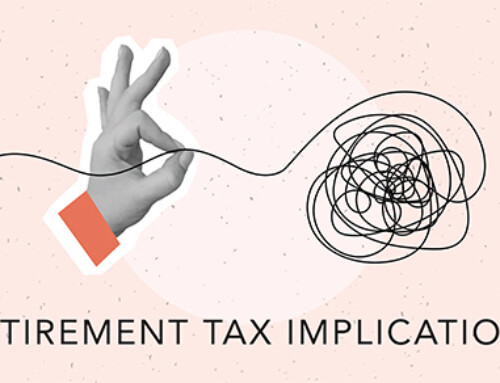Use an account with tax benefits. Remember, not all savings accounts are the same. Putting your retirement fund in a high-yield account or CD isn’t enough. Look for specific retirement accounts with tax benefits. A 401k offered by your employer or an IRA are the two most common options. However, each comes in two forms: traditional and Roth.
Take advantage of employer match. IRAs are good, but if your employer offers a 401k match, start there.
Don’t keep all your money in one fund. With so many choices, there’s no reason to invest in just one. Avoid investing all of your retirement funds only in your company’s stock.Diversity is the name of the game. Spread your money across several mutual funds so in the event one of them goes south, your entire retirement fund doesn’t go with it.
Don’t forget about fund fees. Many think their 401k is a free investment fund. Fee disclosures are getting better, but look closely for the details in the statements of your 401k plan. In addition to management fees, you probably incur charges every time you transfer money from one mutual fund to another.
Don’t use retirement money as an emergency fund. Many plans allow loans and these loans impact your retirement savings. And what happens if you leave your current job- you need to pay back the loan immediately. If you don’t and you’re younger than 59½, you’ll not only pay income tax on the money but a pricey penalty too.
Remember, starting early and saving as much as possible will help. Let us guide you down the right road!





